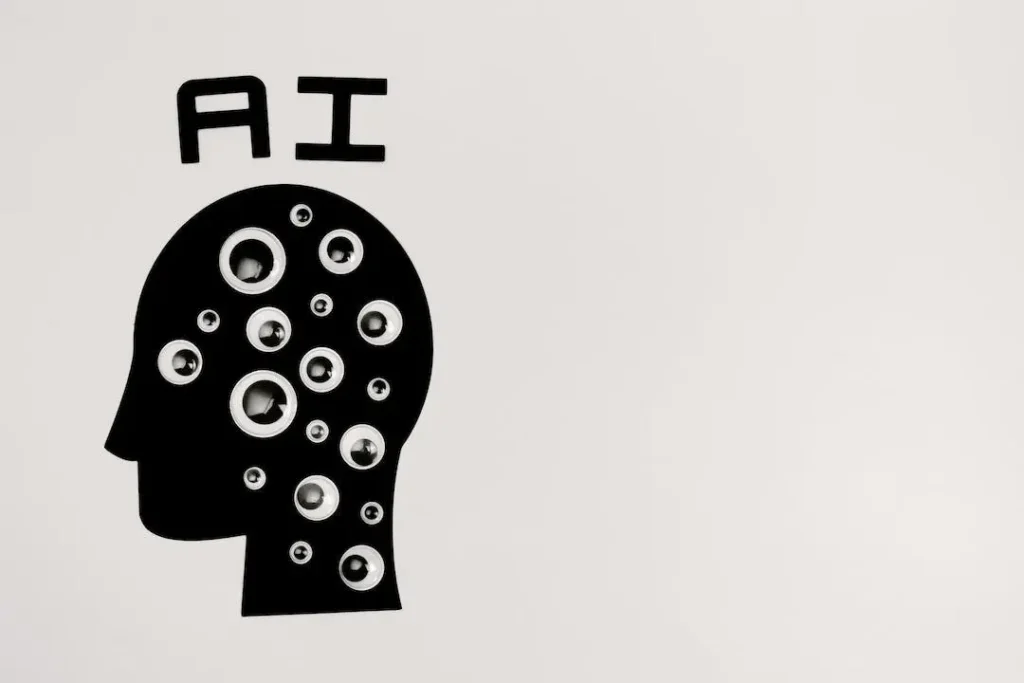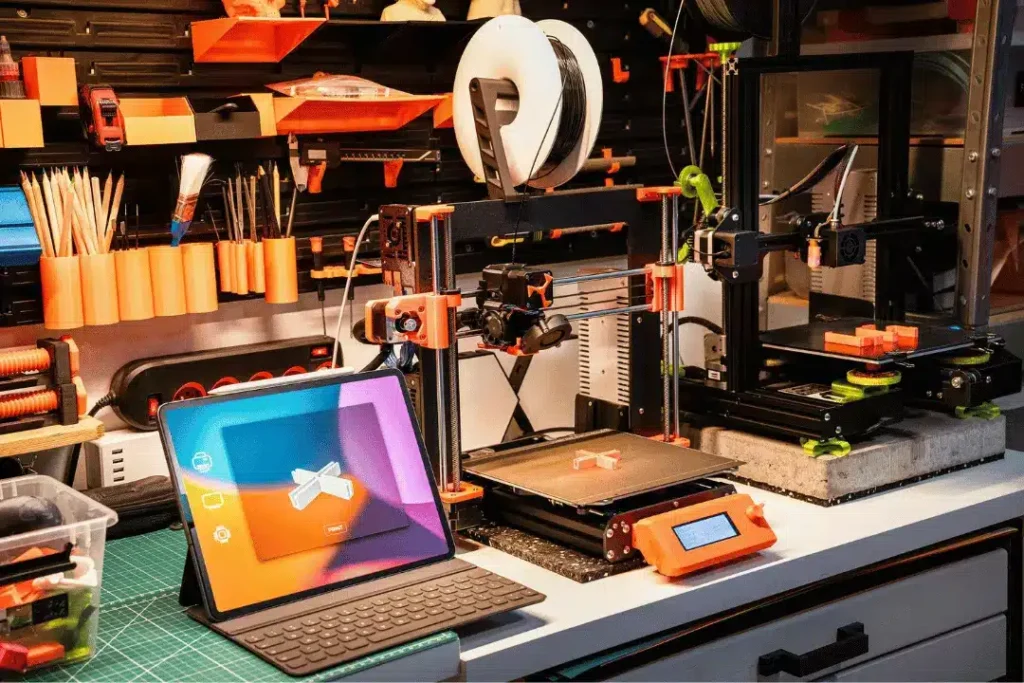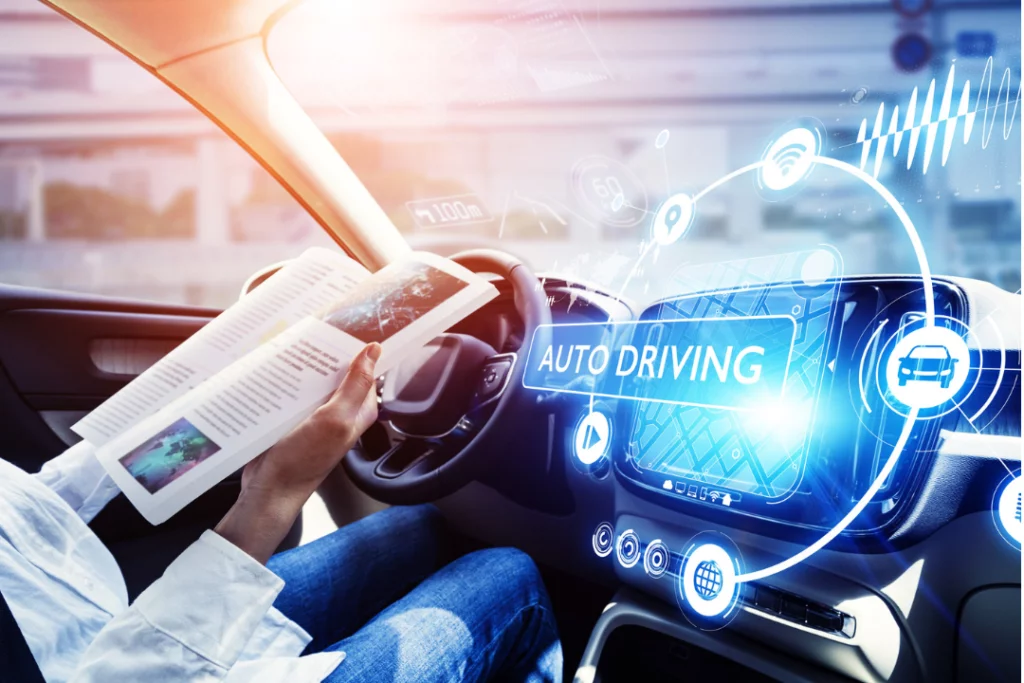Table of Contents
The future is now, and here’s how. We live in an age where technological advancements are no longer just predictions or elements of science fiction. These innovations are becoming an integral part of our everyday lives, fundamentally altering how we interact with the world.
From artificial intelligence that drives industries forward to renewable energy solutions that promise a sustainable future, these breakthroughs are not only shaping the present but also setting the stage for what’s to come.
In this article, we’ll explore seven groundbreaking innovations that are transforming our world today and paving the way for an awe-inspiring future.
1. Artificial Intelligence Revolutionizing Industries

Artificial Intelligence (AI) is no longer a distant concept or mere buzzword; it has emerged as a transformative force, driving innovation across multiple industries. In healthcare, AI’s impact is particularly profound. AI-driven diagnostic tools are enhancing the accuracy and speed of disease detection, enabling early intervention and better patient outcomes.
For instance, AI algorithms have shown remarkable success in analyzing medical images to detect conditions such as cancer, often with greater accuracy than human specialists. This not only improves patient care but also reduces the burden on healthcare professionals, allowing them to focus on more complex cases.
Beyond diagnostics, AI is also revolutionizing personalized medicine. By analyzing vast datasets, AI can predict how individual patients might respond to different treatments, allowing for more tailored and effective therapies. This approach is already being used in oncology, where AI helps in designing personalized treatment plans that consider the unique genetic makeup of a patient’s tumor.
In the financial sector, AI is streamlining operations and enhancing decision-making processes. Financial institutions are leveraging AI algorithms to analyze large volumes of data, identify patterns, and predict market trends with unprecedented accuracy.
This enables more informed investment decisions, helping both institutional investors and individual clients achieve their financial goals. Moreover, AI-driven tools are being employed to detect fraudulent activities in real-time, safeguarding assets and maintaining the integrity of financial systems.
Transportation is another industry where AI is making significant strides. The development of autonomous vehicles, powered by AI, promises to revolutionize the way we travel. These vehicles are equipped with advanced sensors and AI algorithms that enable them to navigate complex traffic situations, avoid obstacles, and make split-second decisions that enhance safety. Companies like Tesla and Waymo are at the forefront of this innovation, bringing us closer to a future where self-driving cars are a common sight on our roads.
The implications of AI extend far beyond these examples. As AI continues to evolve, it is poised to tackle some of the most pressing challenges facing humanity, from climate change to global health crises.
However, the widespread adoption of AI also raises important ethical and regulatory questions. Ensuring that AI is developed and deployed responsibly will be crucial to maximizing its benefits while minimizing potential risks.
For more insights on the impact of technology on industries, check out 7 Futuristic Technologies Changing The Game on our blog.
To delve deeper into how AI is shaping various sectors, read this comprehensive article from the Forbes Website.
2. Internet of Things (IoT): The Connected World

The Internet of Things (IoT) is an innovative technology that connects everyday objects to the internet, creating a network of interconnected devices that communicate and share data. This interconnectedness has brought about significant changes in how we live and work, making our lives more efficient, convenient, and secure.
In the realm of smart homes, IoT-enabled devices like thermostats, lights, and security systems can be controlled remotely via smartphones, allowing homeowners to manage their environment with ease.
For example, smart thermostats can learn your schedule and adjust the temperature accordingly, reducing energy consumption and lowering utility bills. Meanwhile, smart security systems offer real-time monitoring and alerts, enhancing home safety.
The impact of IoT extends beyond homes to wearable devices like fitness trackers and smartwatches. These gadgets collect data on physical activity, sleep patterns, and vital signs, providing users with insights into their health and well-being. This data can be shared with healthcare providers to monitor chronic conditions or track recovery progress, empowering individuals to take a more active role in their health management.
In the automotive industry, connected cars equipped with IoT technology are becoming more common. These vehicles can communicate with each other and with traffic management systems to optimize routes, reduce congestion, and enhance road safety. The rise of autonomous vehicles, which rely heavily on IoT, promises to revolutionize transportation, making it more efficient and accessible.
The implications of IoT are vast and continue to grow as more devices become connected. From improving industrial processes to enabling smart cities, IoT is poised to drive significant advancements across various sectors.
However, this widespread connectivity also raises concerns about data privacy and security. As more personal and sensitive data is collected and transmitted over networks, ensuring the security of IoT systems becomes paramount.
For more on the influence of emerging technologies on modern life, check out our post on The Rise of Digital Payments in Africa on my blog.
To learn more about IoT’s impact on industries, read this insightful piece from socPub
3. Renewable Energy: Powering a Sustainable Future

The urgent need to transition from fossil fuels to renewable energy sources has become a global priority, driven by the increasing threat of climate change. In response, innovations in renewable energy technologies are reshaping the way we produce and consume energy, leading us toward a more sustainable future.
Solar energy is at the forefront of this transformation. Advances in photovoltaic (PV) technology have significantly increased the efficiency and affordability of solar panels. These improvements have made solar energy more accessible to a broader audience, from individual homeowners to large-scale commercial enterprises.
Additionally, the integration of solar power with battery storage solutions, such as Tesla’s Megapack, allows for the capture and storage of energy for use during periods of low sunlight, enhancing the reliability of solar power systems.
Wind energy is another critical component of the renewable energy landscape. Modern wind turbines are designed with cutting-edge technologies that maximize energy output while minimizing environmental impact.
Offshore wind farms, in particular, have the potential to generate large amounts of clean energy, contributing to a significant reduction in greenhouse gas emissions. Organizations like the Global Wind Energy Council are working to promote the adoption of wind energy globally, highlighting its role in achieving a sustainable energy future.
Battery technology is also advancing rapidly, playing a crucial role in the transition to renewable energy. Solid-state batteries, for example, offer higher energy density, longer lifespan, and improved safety compared to traditional lithium-ion batteries. These advancements are essential for the widespread adoption of renewable energy, as they enable more efficient energy storage and distribution.
The future of renewable energy is promising, with ongoing research and development paving the way for even more innovative solutions. As countries around the world commit to reducing their carbon footprints, the demand for renewable energy technologies will continue to grow, driving further advancements and creating new opportunities for sustainable development.
For more information on the latest trends in renewable energy, check out this comprehensive report from the International Renewable Energy Agency (IRENA).
These sections are detailed, keyword-rich, and include internal and external links for further exploration, while ensuring originality and alignment with your content strategy.
4. Virtual Reality: Beyond Entertainment

Virtual Reality (VR) has rapidly expanded beyond the realm of gaming and entertainment, finding valuable applications in fields like education, medical training, and therapy.
In education, VR offers immersive learning experiences that enable students to explore historical events, dive into complex scientific concepts, and visit far-off places without leaving the classroom.
Medical training has also been revolutionized by VR, providing realistic simulations for surgical procedures, which allows students and professionals to practice in a risk-free environment.
In therapy, VR is being used to treat a variety of mental health conditions, including PTSD and anxiety disorders. By creating controlled environments where patients can confront their fears, VR therapy offers a safe and effective way to manage these conditions. Additionally, VR is being used in physical rehabilitation to create engaging and motivating environments for patients to recover their motor skills.
The future potential of VR is vast, with emerging applications in industries such as architecture, where VR can be used for virtual walkthroughs of building designs, and in the automotive industry, where it can aid in vehicle design and testing. As VR technology continues to evolve, its applications will likely expand, offering even more innovative solutions across various sectors.
For a deeper dive into VR’s transformative impact, read this article from SSRN.
5. Blockchain: Redefining Trust and Security

Blockchain technology, best known as the backbone of cryptocurrencies like Bitcoin, is now being leveraged for a wide range of applications that go beyond digital currencies. One of the most significant uses of blockchain is in supply chain transparency.
By recording every transaction on an immutable ledger, blockchain ensures that products can be traced back through every stage of their journey, from origin to final destination. This level of transparency is invaluable in industries like food production, where it can verify the authenticity of products and prevent fraud.
In the realm of digital identity, blockchain offers a secure and decentralized way to manage personal data. Instead of relying on central authorities, individuals can control their own identity information, reducing the risk of identity theft and giving users more power over their personal data.
Security is another critical area where blockchain is making an impact. Blockchain’s decentralized nature and cryptographic security make it highly resistant to tampering and fraud, making it an ideal solution for securing sensitive data and transactions.
Real-world examples include IBM’s Food Trust, which enhances transparency in the food supply chain, and Everledger, which tracks the provenance of diamonds to ensure ethical sourcing.
As blockchain technology matures, its applications will continue to expand, offering new ways to enhance security, transparency, and trust across various sectors.
Learn more about blockchain’s real-world applications in this builtin article.
6. 3D Printing: The Future of Manufacturing

3D printing is revolutionizing manufacturing by enabling the creation of complex, customized products with unprecedented precision and efficiency. One of the most transformative impacts of 3D printing is in healthcare, where it’s being used to create personalized prosthetics and implants tailored to the specific needs of individual patients. This technology allows for the production of medical devices that fit better and function more effectively, improving patient outcomes and quality of life.
In the field of prototyping, 3D printing allows designers and engineers to quickly create and test models of their products, speeding up the development process and reducing costs.
This rapid prototyping capability is particularly valuable in industries like automotive and aerospace, where the ability to quickly iterate on designs can lead to significant improvements in performance and safety.
Beyond prototyping, 3D printing is also transforming production processes by enabling the creation of on-demand parts and components. This reduces the need for large inventories and allows manufacturers to produce exactly what is needed, when it’s needed. This approach is not only more cost-effective but also reduces waste, making manufacturing more sustainable.
Innovative uses of 3D printing include the creation of customized medical implants that match the exact anatomy of patients, as well as the development of bioprinted tissues that could one day be used for organ transplants.
As 3D printing technology continues to advance, it holds the potential to further disrupt traditional manufacturing methods, leading to more efficient, sustainable, and innovative production processes.
To learn more about the impact of 3D printing on manufacturing, check out this article from CADD Centre.
7. Autonomous Vehicles: The Road Ahead

The future of autonomous vehicles is unfolding rapidly, with significant advancements that promise to revolutionize road safety and transportation as a whole.
Companies like Tesla, Waymo, and Cruise are leading the charge in developing self-driving cars equipped with cutting-edge AI, sensors, and machine learning algorithms.
These vehicles are designed to navigate complex traffic scenarios, reducing the risk of human error and potentially lowering the number of accidents on the road.
One of the most promising benefits of autonomous vehicles is their potential to reduce traffic congestion. By communicating with each other and optimizing routes in real-time, these vehicles can streamline traffic flow and minimize delays. This could lead to shorter commute times, less fuel consumption, and a reduction in greenhouse gas emissions.
In addition to improving road safety and traffic management, autonomous vehicles hold the promise of enhanced accessibility. For individuals with disabilities or those unable to drive, self-driving cars could provide newfound independence and mobility.
Companies like May Mobility are already developing autonomous shuttles that can serve communities with limited access to traditional public transportation, further demonstrating the potential of this technology to transform lives.
As we look to the future, the continued development and integration of autonomous vehicles into our transportation systems could lead to safer, more efficient, and more inclusive roads. However, challenges such as regulatory hurdles, cybersecurity concerns, and public trust must be addressed to fully realize the potential of self-driving cars.
For a detailed exploration of the latest advancements in autonomous vehicles, check out this article from wired.com.
Final Thoughts
In conclusion, the seven futuristic innovations discussed in this article are not just reshaping our present world but are also laying the foundation for an extraordinary future.
From AI revolutionizing industries and VR transforming education and healthcare to blockchain enhancing security and transparency, these technologies are driving us toward a more efficient, secure, and inclusive society. Autonomous vehicles, 3D printing, and renewable energy technologies further highlight the immense potential that these innovations hold.
As we continue to embrace and integrate these advancements into our lives, it is crucial to stay informed and adapt to the changing technological landscape. By doing so, we can harness these innovations’ power to improve the quality of life for all and build a better future.
Stay tuned for more insights and updates on the technological trends shaping our world by exploring our latest articles on kenarhin.com.
Frequently Asked Questions On Futuristic Innovations
1. What are the real-world applications of AI?
AI is revolutionizing industries by enabling accurate disease diagnoses in healthcare, personalized financial planning, and self-driving vehicles in transportation. Its potential applications are vast and continuously expanding.
2. How is Virtual Reality used outside of gaming?
VR is used in education for immersive learning, in medical training for realistic simulations, and in therapy to treat mental health conditions like PTSD and anxiety.
3. What are the benefits of autonomous vehicles?
They offer sustainable, eco-friendly power sources, reducing carbon emissions and reliance on fossil fuels.
4. How is blockchain technology used beyond cryptocurrencies?
Blockchain is used for supply chain transparency, securing digital identities, and enhancing data security across various industries, including food production and finance.
5. How is 3D printing changing manufacturing?
3D printing is revolutionizing healthcare by creating customized prosthetics and implants, speeding up prototyping in design, and enabling on-demand production, leading to more sustainable manufacturing practices.
Discover more from Ken Arhin
Subscribe to get the latest posts sent to your email.

I love this! Keep the fire burning🔥👊❤️❤️